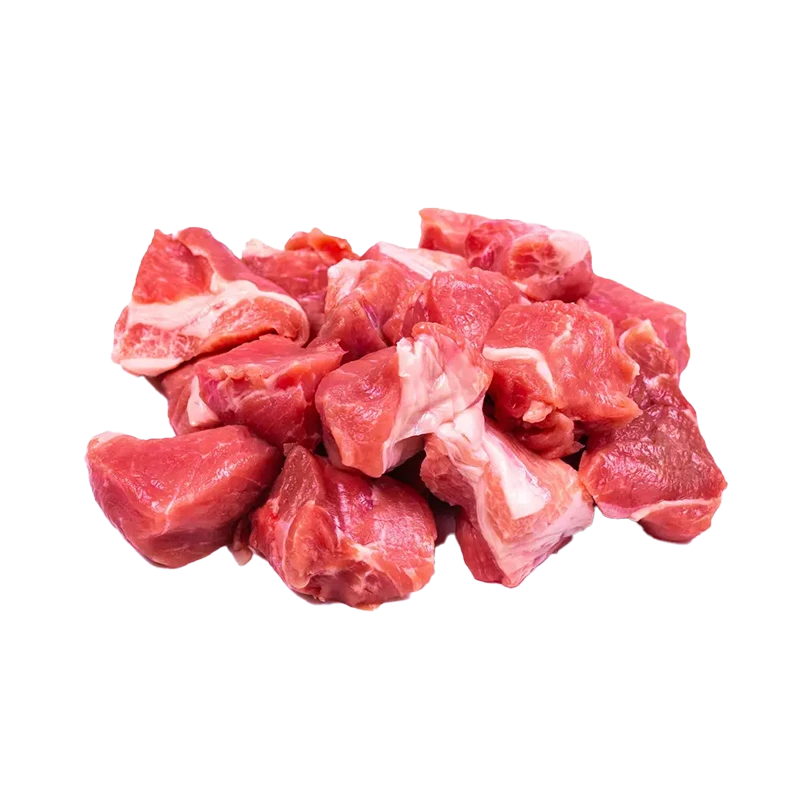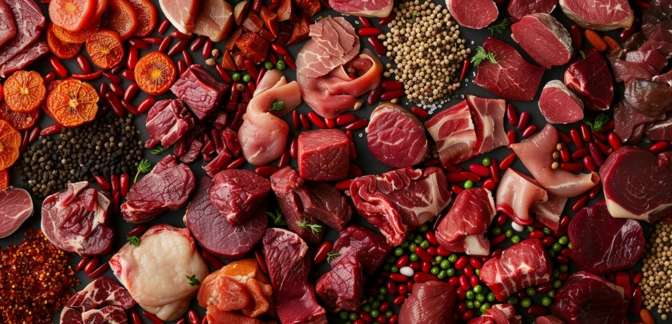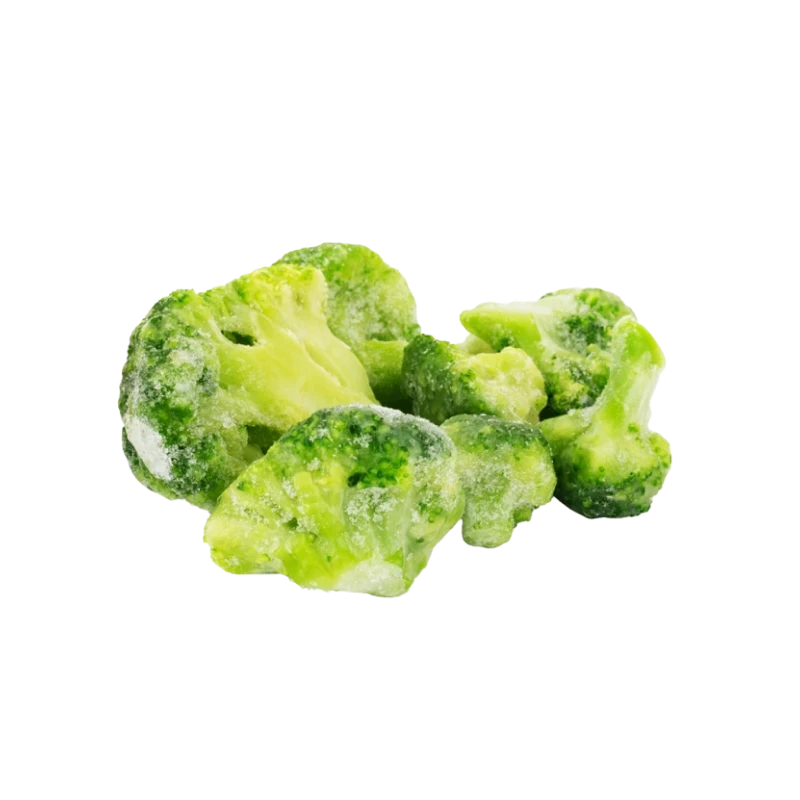Beef For Stew — Nutrients, Health Benefits, and Shopping Tips

Written by Listonic Team
Last update on September 4, 2024
Nutrients
Nutrition facts
Amount per 100 g
Calories
🔥 191 kcal
| Nutrients per: 100 g | Value | % Daily Value* |
|---|---|---|
| Carbs | 0 g | - |
| Fiber | 0 g | - |
| Sugars | 0 g | - |
| Glycemic Index | 0 | - |
| Protein | 24 g | 48% |
| Sodium | 72 mg | 3.13% |
| Total Fat | 10 | 12.82% |
*The % of Daily Value (DV) tells you how much a nutrient in a serving of food contributes to a daily diet. 2,000 calories a day is used for general nutrition advice.
24 g
💪 High Protein Content
Key takeaways
Health benefits
- Provides high-quality protein, essential for muscle growth and repair.
- Rich in iron and zinc, which support immune function and overall health.
- Contains collagen, which supports joint health and skin elasticity.
- Versatile in cooking, adding depth and richness to stews and soups.
Health risks
- High fat content depending on the cut used, which can contribute to increased cholesterol levels and the risk of heart disease.
- Caloric density which can lead to weight gain if not consumed in moderation, especially when combined with rich sauces or starchy vegetables.
- Risk of contamination with harmful bacteria like E. coli or Salmonella, especially if not cooked to a safe internal temperature.
- Potential for overcooking leading to loss of nutrients and the development of undesirable textures and flavors.
How to choose beef for stew
Uniformly sized beef pieces are best for stew to ensure even cooking. Seek cuts that are lean yet marbled, as the fat enhances flavor during slow cooking. The beef should be firm, moist, and free of any dry edges.
Steer clear of excessively fatty stew meat or cuts with large pieces of unrenderable fat. Also, discard beef that appears discolored or has an off smell, impacting both taste and safety.

How to store beef for stew
Beef for stew should be refrigerated and used within a few days of purchase. Freezing is a good option for longer storage, where it can last several months. Keeping it in an airtight container or its original packaging helps maintain its quality.
Extended exposure to air and room temperature can lead to spoilage, so these should be avoided. Do not refreeze beef for stew once thawed, as this can affect its texture. Always thaw beef in the refrigerator to ensure safety and maintain quality.
✅ Extra Tip
How long does it last?
Beef for stew can last for 3-5 days in the refrigerator. When frozen, it can be stored for up to 6-12 months. To maintain its quality, ensure it is tightly wrapped or vacuum-sealed before freezing.
What to do with leftovers?
Leftover beef for stew can be repurposed into many comforting dishes. Use it to make a rich beef soup or chili, adding vegetables and spices for extra flavor. It’s also great for making a beef pot pie, where the tender meat pairs perfectly with a flaky crust.
Shred or chop the beef and add it to tacos, burritos, or enchiladas for a filling and satisfying meal. You can also mix it into a beef and vegetable stir-fry with rice or noodles. If you have a lot of stew beef, consider making a batch of beef and barley soup or using it in a hearty casserole. The beef can also be used to stuff bell peppers or baked into a savory beef and cheese pie.
👨⚕️️ Medical disclaimer
How beef for stew supports specific health conditions
Beef for stew provides a good source of protein, which is essential for muscle health and tissue repair. It is also rich in iron, supporting blood health by preventing anemia. When simmered in soups or stews, the broth from beef can provide additional nutrients, promoting joint health due to collagen content. Including vegetables in the stew further enhances its nutritional profile, benefiting overall immune function and heart health.
Discover products from other categories
Listonic Team
Fact-checked
Our editorial team checked this article to make sure it was accurate at the time of publishing it.
Get the top-rated shopping list app

beef for stew







